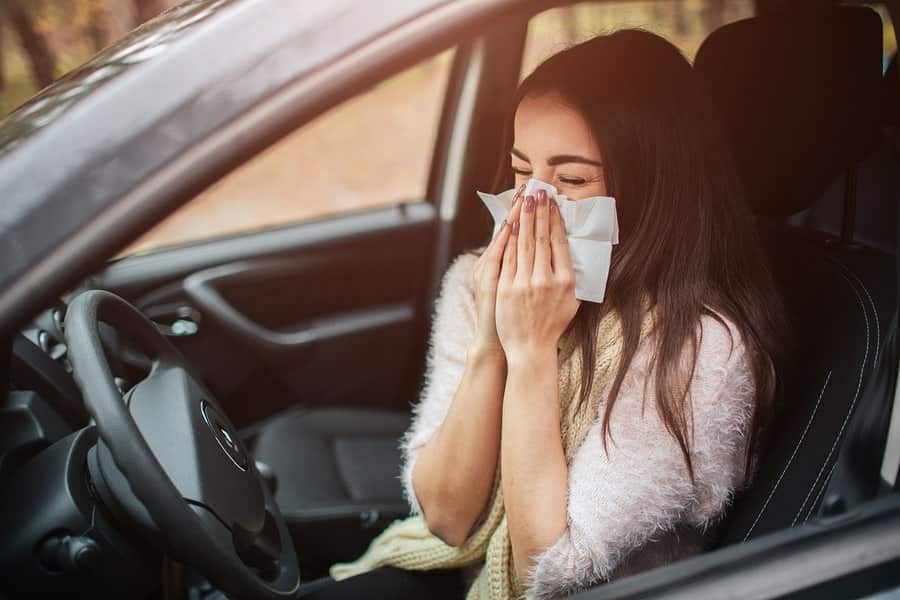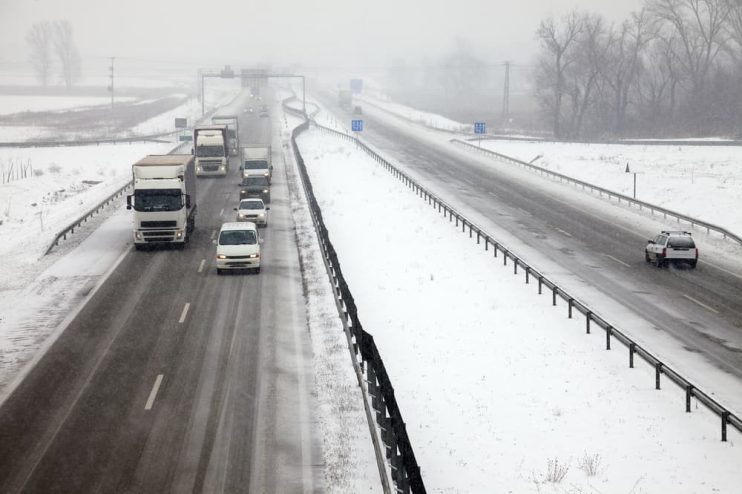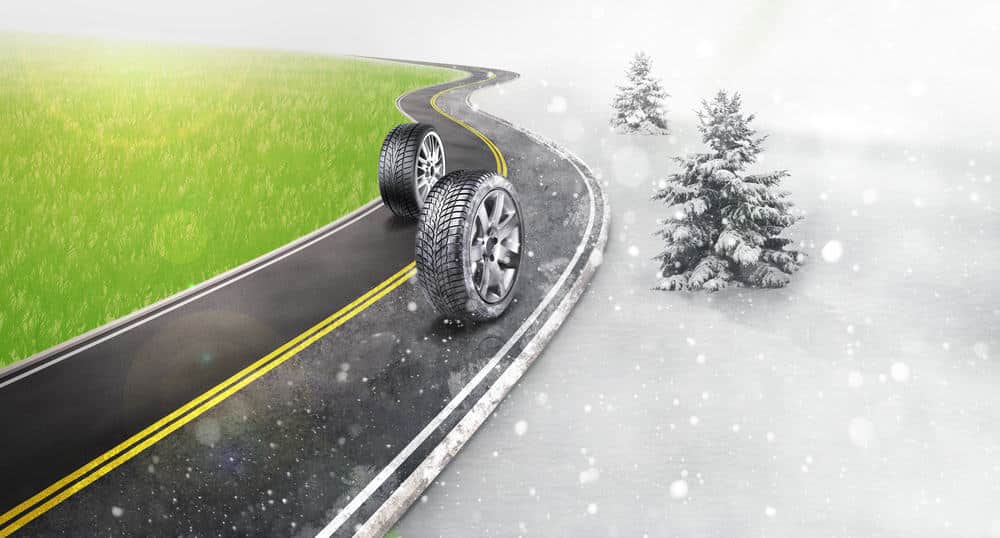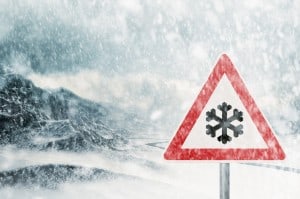
The suns out, the fields are dry and the pollen is filling the air. If you are one of the thousands of people in the UK who suffer from hayfever then the best months of the year hold a hidden problem.
Having the windows open as you drive through the country could lead to you sniffling and your eyes itching up. Whilst some might think this is a minor complaint, sneezing whilst out on the road can be dangerous, especially when driving at speed.
Continue reading
 We’ve all heard the stories about so-called Crash for Cash scams. One of the most common is when cars brake suddenly in heavy traffic in order to deliberately get rear-ended. The occupants of the damaged vehicle then claim for hard-to-prove muscle injuries like whiplash.
We’ve all heard the stories about so-called Crash for Cash scams. One of the most common is when cars brake suddenly in heavy traffic in order to deliberately get rear-ended. The occupants of the damaged vehicle then claim for hard-to-prove muscle injuries like whiplash.




.png)